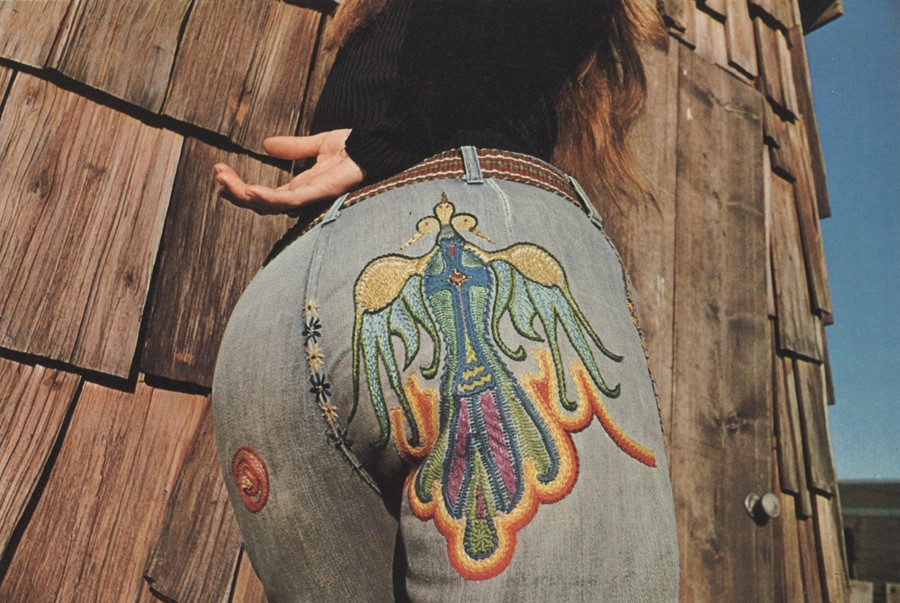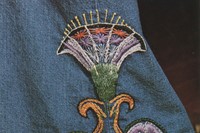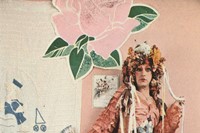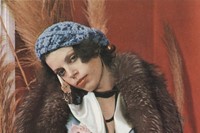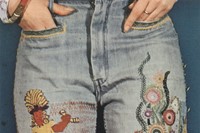A new customisation project by M.i.h Jeans explores the individualistic act of sartorial embellishment. Here, we consider its position in fashion, both past and present
Cast your mind back to 1970s San Francisco: whether physically present or merely nostalgic for a pre-social media era, vivid hallucinations of nomadic communities, scents of patchouli wafting through the air and the melodious echoes of Scott McKenzie beckoning for a peaceful revolution in the streets of Haight Ashbury are conjured in the imagination. It was a time of political unrest, when youth counterculture ardently demonstrated against the establishment; not only by "turning on, tuning in and dropping out", but through a sartorial decision-making focused on the radical act of self-expression.
Rejecting the dehumanising effects of mass production and consumerism, the hippie bohemian set customized their clothing in a frenzy of stitching and embellishments, often beginning with a pair of faded denim jeans and ending in pockets and cuffs peppered with flower child embroidery, mind-altering illustrations and bijou ornaments as aesthetic symbols for individuality. The hippie movement soon established itself as an instigator of O.T.T. adornment as profoundly political act, paving the way for the safety pin and patch-riddled punks, both subcultures demonstrating that protest can often come in the form of a needle and thread.

Fast-forward to 2016, and the world again stands poised at a moment of global political uncertainty and discontent, with fashion moving in a regimented sequence of trends and forecasts. M.i.h. Jeans (the denim brand founded in 1969 with an integrity that remains to the present day) has tapped into this mood with the launch of its latest endeavour: the Denim Girls Project, an ongoing personalisation tool that allows for customisation of existing styles and the upcycling of your own vintage and charity shop findings. Tapping into the hippie philosophy, embroidery (rope stitching on collars, waistbands and wrists, or illustrative patches), custom cuts (the removal of cuffs and collars) and tassel details (added onto belt loops and yokes on denim jackets), all invoke the spirit of a time where rebellion was reached through apparel.

Textile artist Alexandra Jacopetti captured the mood of the era M.i.h has embraced in her 1974 book Native Funk and Flash: An Emerging Folk Art, chronicling the colourful individuals inhabiting in the Bay Area at that time. Photographed by Jerry Wainwright, the book narrates a hunger for cultural identity and individualistic style; from psychedelic patches representing a ‘revolution in consciousness’, to some of her own embroidery work (the vision for which ‘came to her at orgasm’). And she also has a great deal to say about the fabric itself: “denim holds a needle without fraying and pulling. The depth of color and weave add something to the background while you enhance the foreground”. And through M.i.h’s new innovative tool, whether it’s a deep raw indigo or a stonewashed baby blue, any of these textiles can be stitched into and manipulated, creating a final garment which is truly representative of who you are.

Native Funk & Flash, by Alexandra Jacopetti Hart, is available to purchase on Amazon. M.i.h Jeans Custom Denim project is available here.
